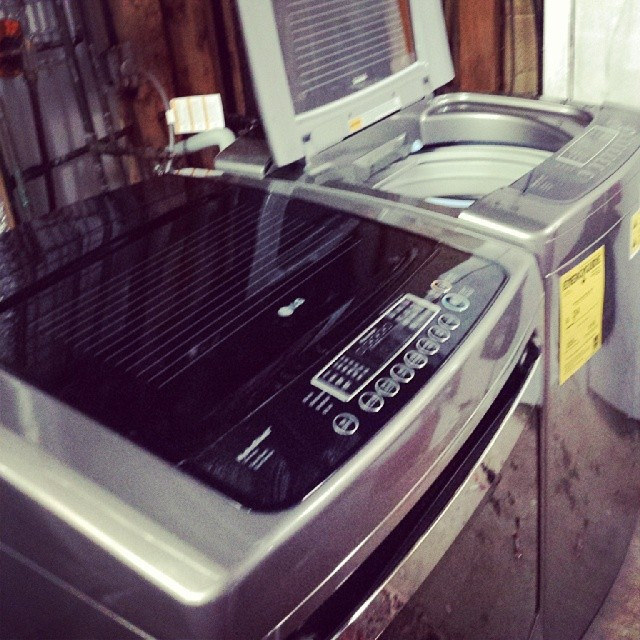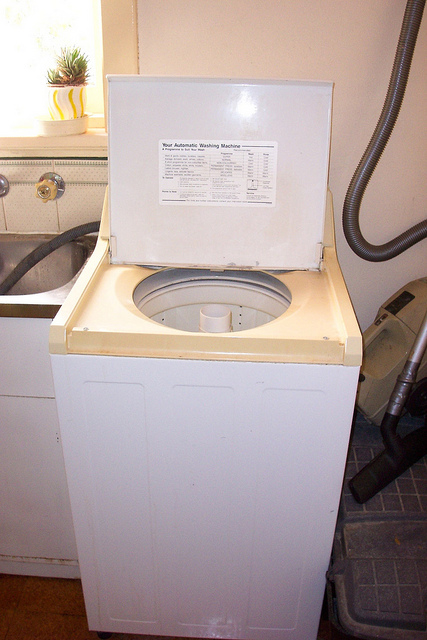Your machine has probably washed your clothing hundreds of time, but have you wondered how does this appliance work?
We have already discussed about whether you should opt for top load or front load washing machine. Now, those who are planning to buy a top loader have one question on mind: agitator or no agitator?
After a longer research I came to the conclusion that the best top load washers are:
- Without agitator (with a vertical axis): LG Power pair special: WT1701CW_DLEY1701W (To be honest, I’d buy directly this washer and dryer set – great quality, price and reviews)
- Without agitator and portable: Avanti TLW16W
- With agitator: Speed Queen AWN432S
Agitator or no agitator seems like an easy decision, but still, you have to consider many factors in order to make the best out of your washer.
What does the agitator do?
As you already know, this mechanism makes the washer shake and rotate. It also rubs the clothes together during the washing cycle to make the cleaning process better. However, when washing delicate clothes, the agitator can beat them a little too hard. When washing knits, you should know that the agitator might stretch them. Although your clothes will be clean and stains-free, this is a deal breaker for agitator washers.
Washing machines that have no agitator have more room, which is great when you need to wash quilts or blankets. Moreover, taking your clothes out of the washer is easier, since you won’t have to “fight” with the garments that are stuck around the agitator. However, if you opt for a washing machine with no agitator, you might find yourself using more products for removing stains which can become quite costly. You may even need to rewash your clothing or use the soak cycle more often.
After all, choosing between a washing machine with or without an agitator is not easy. If you have children, you may need a washing machine with an agitator because we know how messy kids can be. If you own more serious and business attire, you should opt for a washing machine without an agitator.
Washing machine without an agitator
We know that the agitator turns and twists the clothing to get them clean, but what happens in machines with no agitator? Instead of agitator, these machines have wheels, plates or discs that cause the tub to gently juggle or spin the laundry. The washing speed is fast enough to pull more water from the laundry, which means the drying time will be reduced, as well as the energy use. High-efficiency washing machines require detergent that is created for that type of washer. Regular detergents cause excess suds that may reduce the cleaning power. A high-efficiency detergent works great in small amounts of water. As for stain-removal, fabric softener, or water softener, you must make sure that you’re using the correct amount in the right way.
Due to the design of having no agitator, when laundry falls over the center of the “agitator” it doesn’t get clean. This isn’t a problem with clothes. Twin-size sheets and comforters on the other hand, are too large and bulky so when they fall over the center, the “agitator” isn’t powerful enough to rotate them off. There’s also too little water to properly clean comforters.
If you opt for a washing machine with agitator, make sure to clean the area under the agitator because the smell can seep into your clothes. This annoying smell is a result of mildew or mold growing in your washer’s tub. The area under the agitator is a damp and warm place – perfect for these organisms to grow. So that’s why you must regularly clean this area.
So, that’s pretty much everything you need to know about the agitator/no agitator question. Consider these factors before making the final decision.


